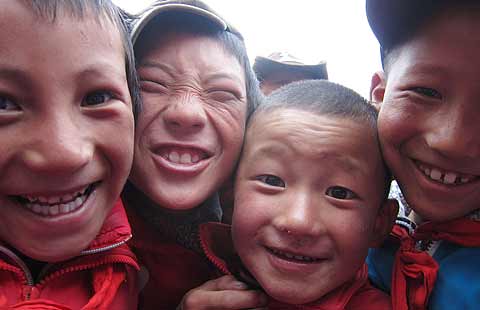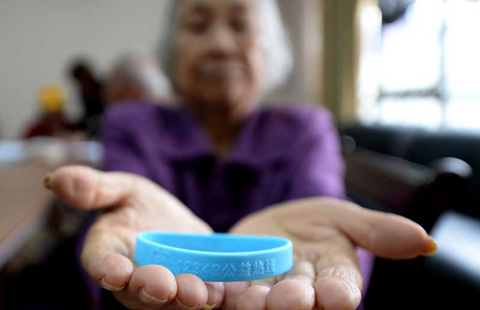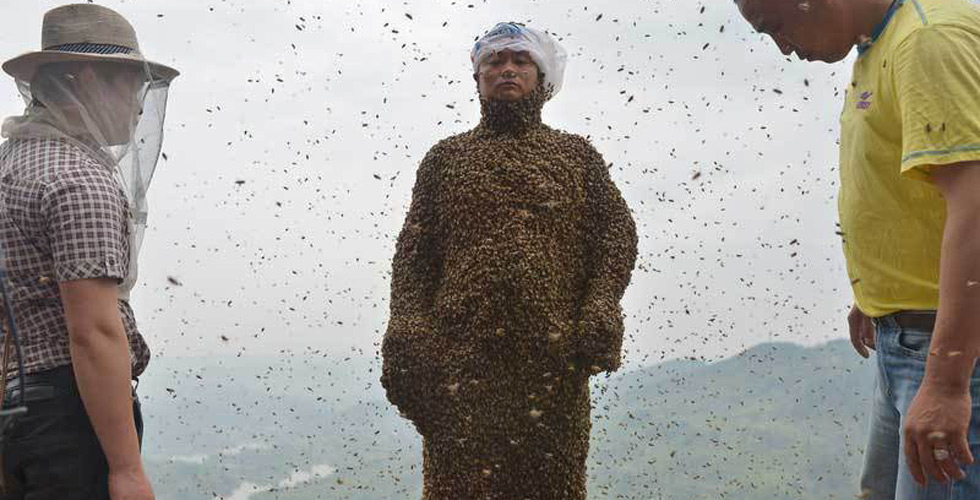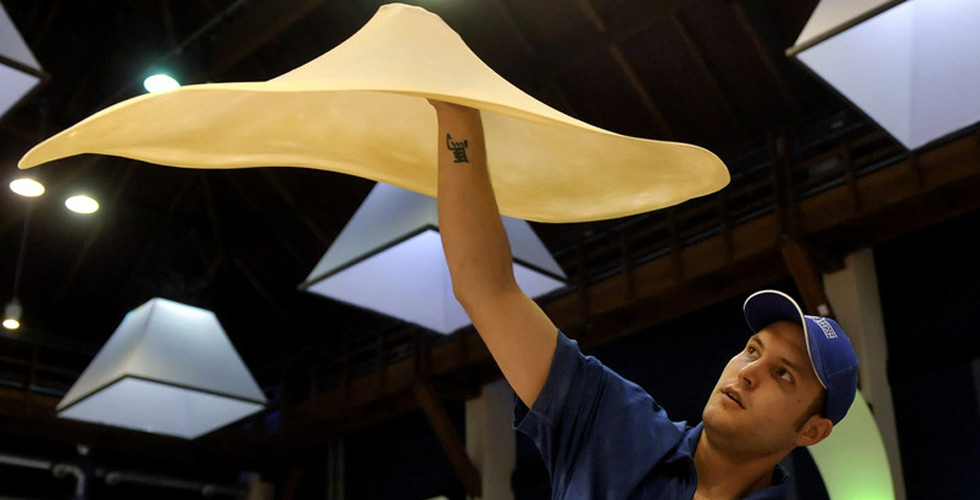Suggested itinerary
Updated: 2013-08-23 08:28
(China Daily)
|
|||||||||||
Must-see sights during 72 hours in Chengdu:
Day 1
Chengdu Research Base of Giant Panda Breeding
On any given day, more foreigners might be found at the center in the northern suburbs of Chengdu than in the entire city.
"Each year, 300,000 foreign tourists visit our base," said Pu Anning, chief of the center's general office.
The base was established in a mountainous area in March 1987 with six sick and hungry pandas. It currently has 121 pandas.
The bamboo forests make the base an ideal site for a half-day visit, which starts at 7:30 am when pandas usually stay outside their dens, eating bamboo and frolicking.
Temple of the Marquis of Wu
In the afternoon, history buffs can visit the site built for Zhuge Liang (AD 181-234), prime minister of the Shu Kingdom during the Three Kingdoms period (AD 220-280) and now the personification of loyalty and wisdom in China.
The temple is the most widely known of about 100 ancient sites in China related to the Three Kingdoms period.
Statues of civil officials and generals of the Shu Kingdom, most of whom are household names in Chinese culture, are on display at the museum.
Jinli Street
After visiting the temple, tourists can stroll this nearby street built in the traditional Chinese architectural style. It offers a variety of local snacks ranging from noodles to dumplings priced from 5 yuan to 10 yuan.
Day 2
Jinsha Site Museum
On Feb 8, 2001, workers at an apartment construction site in Jinsha in western Chengdu found pieces of ivory and jade in a pile of mud.
Since then, archaeologists have excavated more than 5,000 relics, including items of gold, jade, bronze and stoneware, as well as a metric ton of intact elephant tusks.
Many of the relics are on display in the Jinsha Site Museum.
Du Fu Thatched Cottage Museum
Upon entering the gardenlike museum near Jinsha, visitors stand on what is considered sacred land in historical Chinese literature.
The museum is dedicated to Du Fu (AD 712-770), a poet who lived in the transitional period coinciding with the decline of the Tang Dynasty (AD 618-907).
Du, who experienced a great deal of hardship, used poems to record social ills, national conflict and chaos caused by war and daily suffering.
About 240 of his 1,400-plus poems Chinese people read today were written in Chengdu when he lived in the thatched cottage for nearly four years.
Near the northern entrance of the museum is a restaurant serving the famous spicy dish of mapo tofu, first served in 1862.
Day 3
Dujiangyan
For the third and final day, visitors can visit this city under the administration of Chengdu.
The Dujiangyan Irrigation Project is the world's only preserved water conservation project that doesn't have a dam. The project was included in the UNESCO's World Cultural Heritage List in 2000.
Huang Zhiling
Hot Topics
moon rover air defense identification zone CPC and reform China and Japan air pollution Cameron in China
Editor's Picks
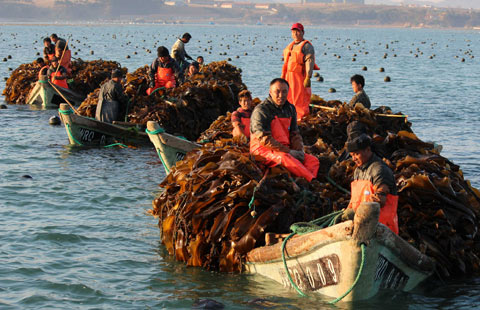
|
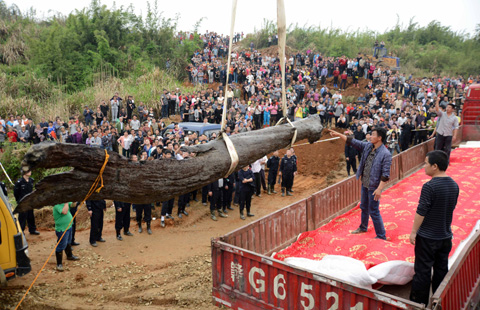
|
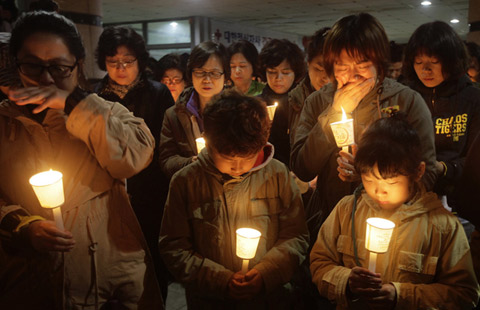
|

|

|
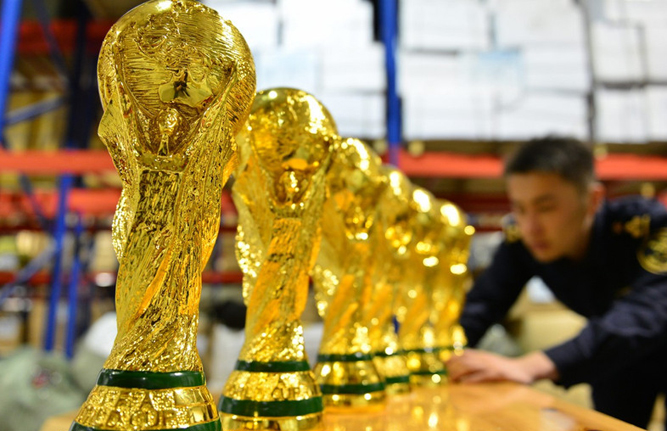
|


